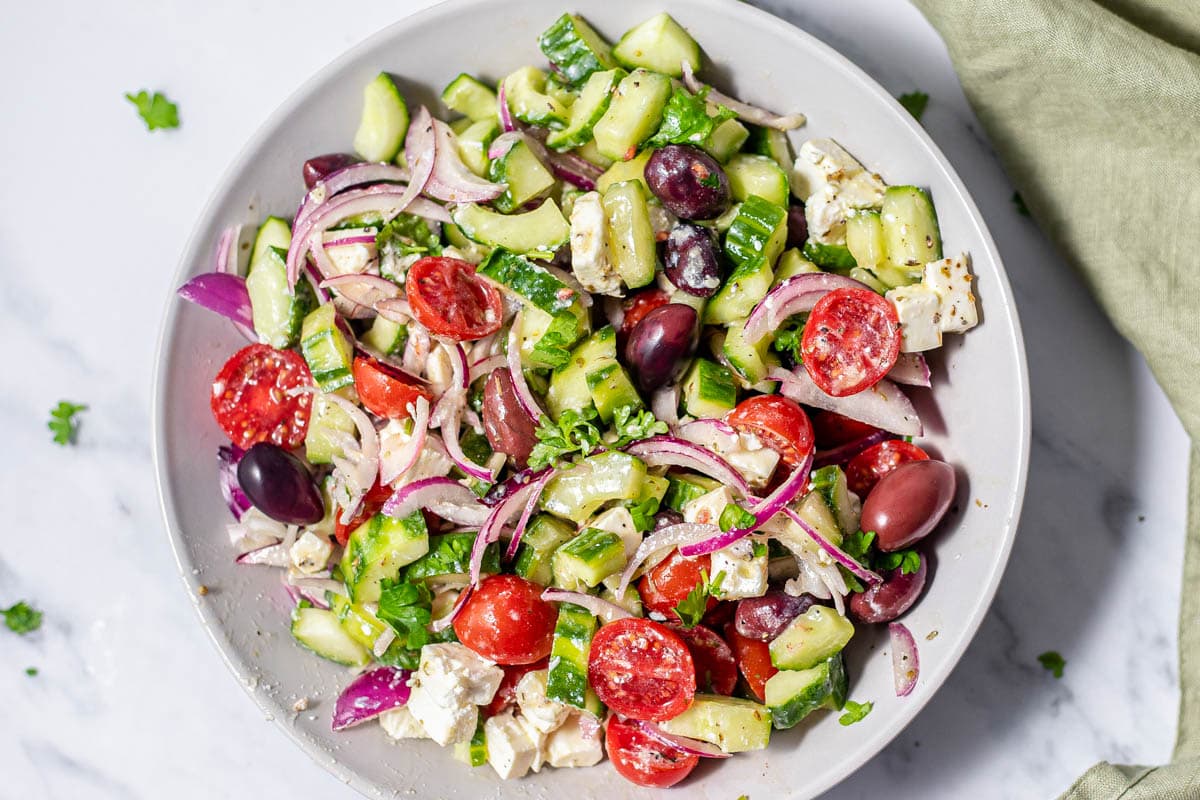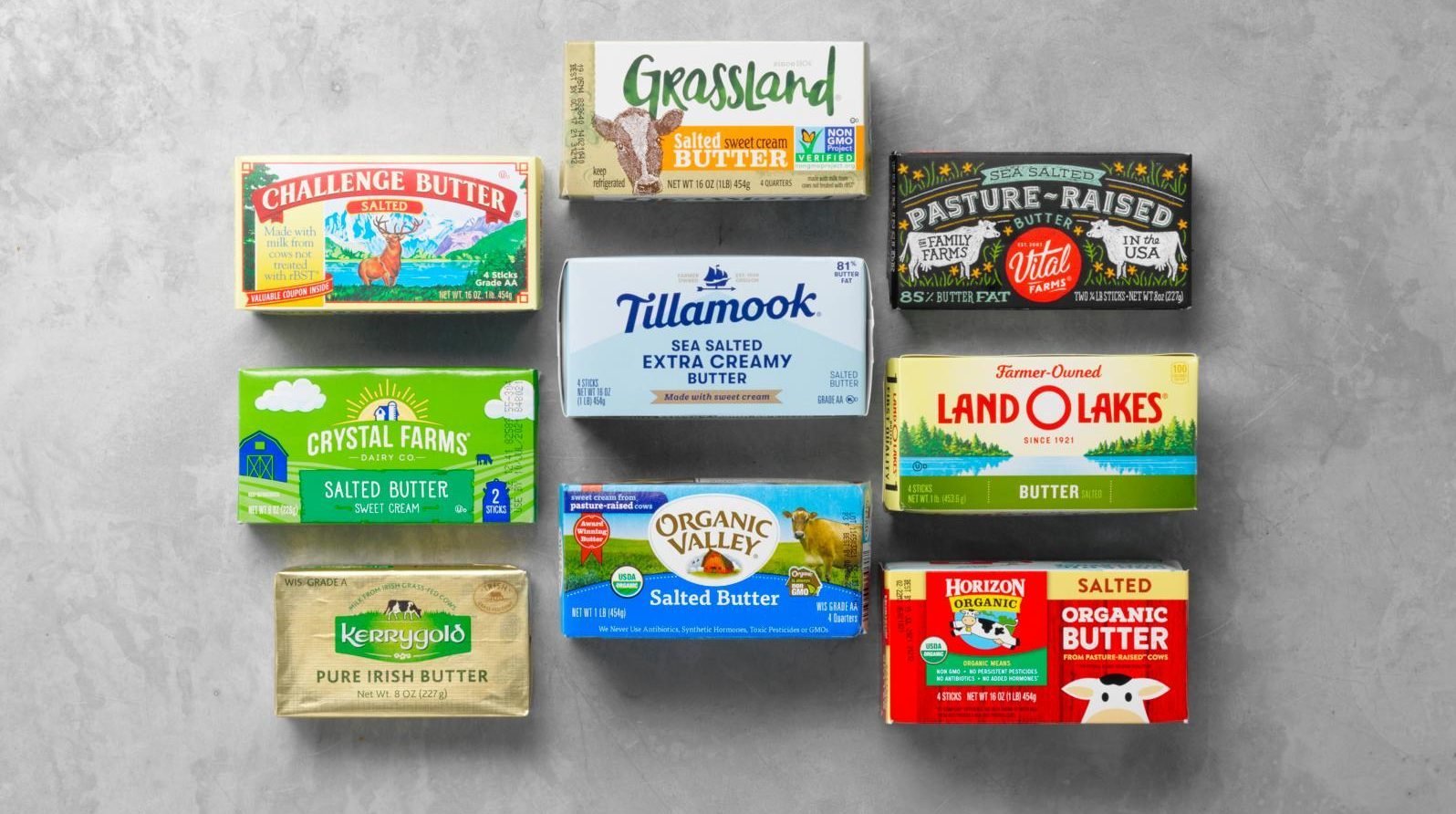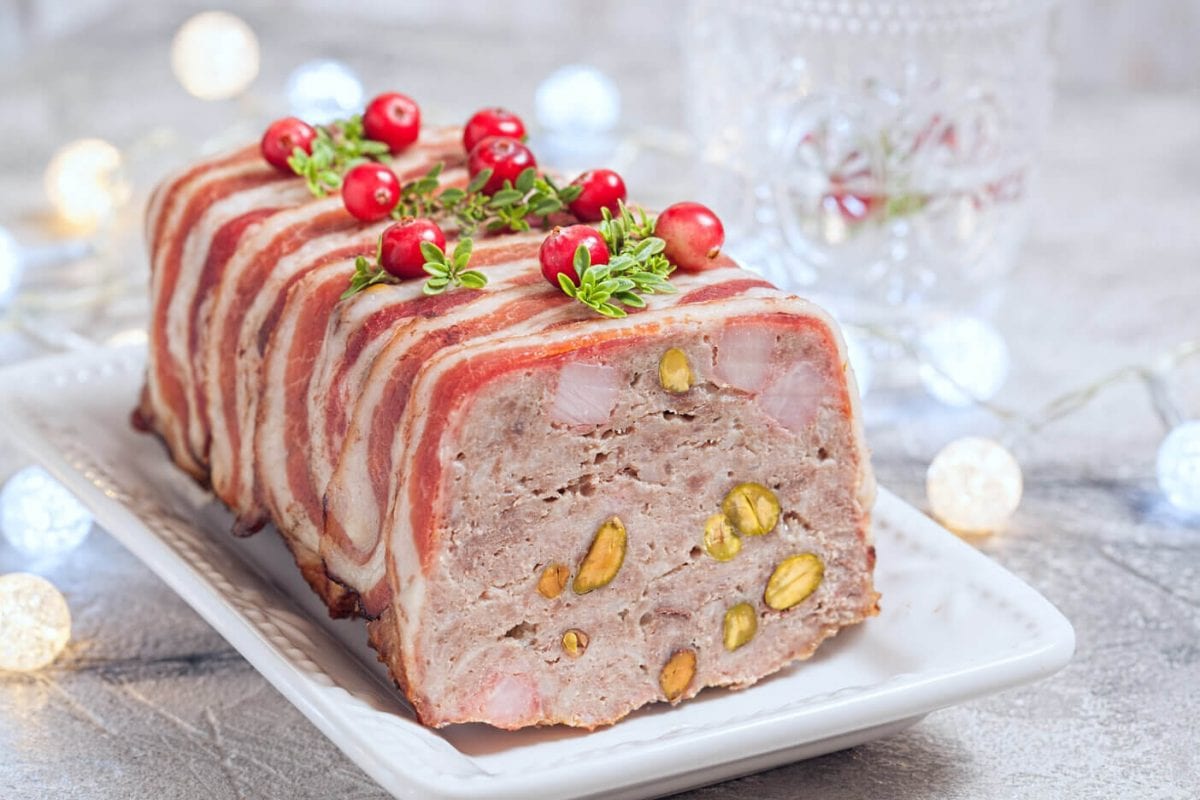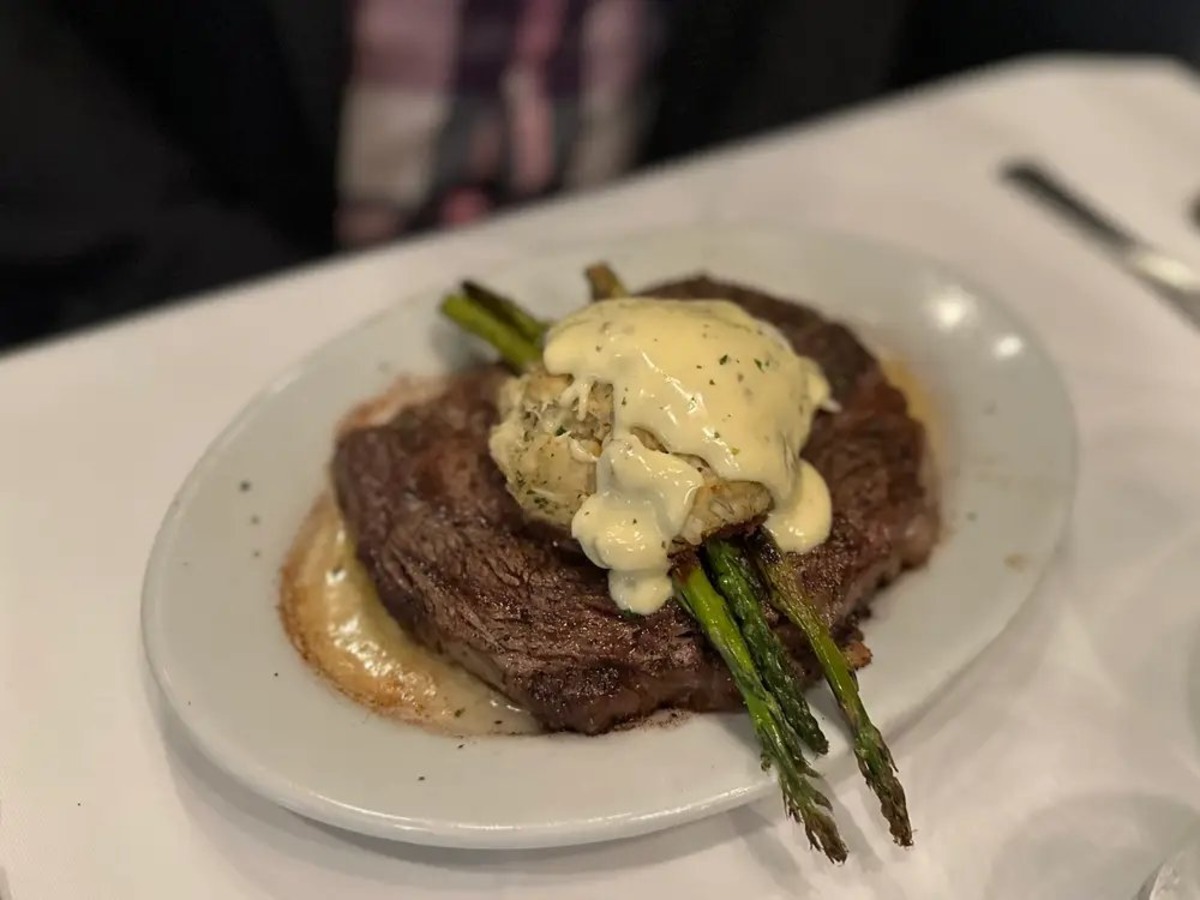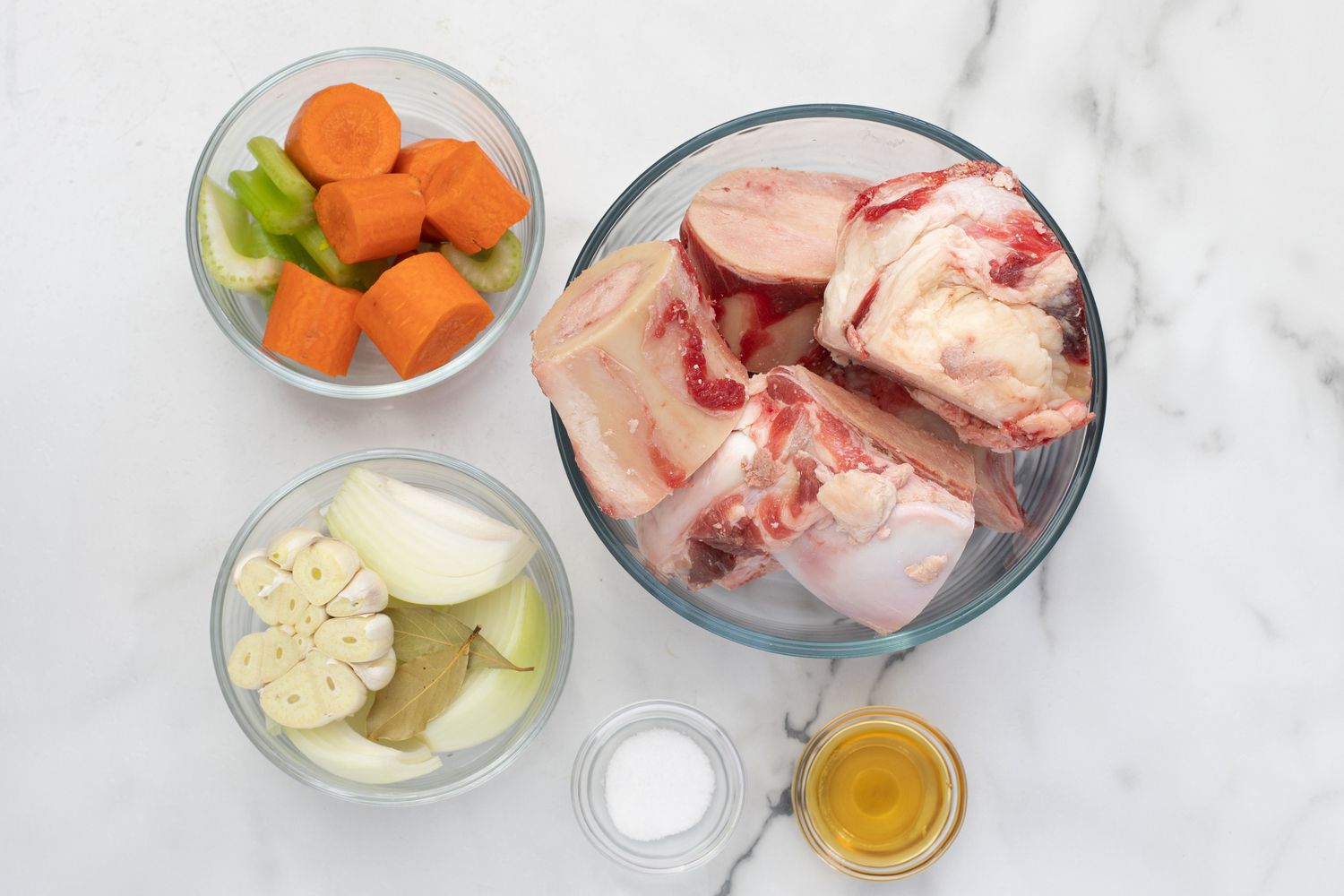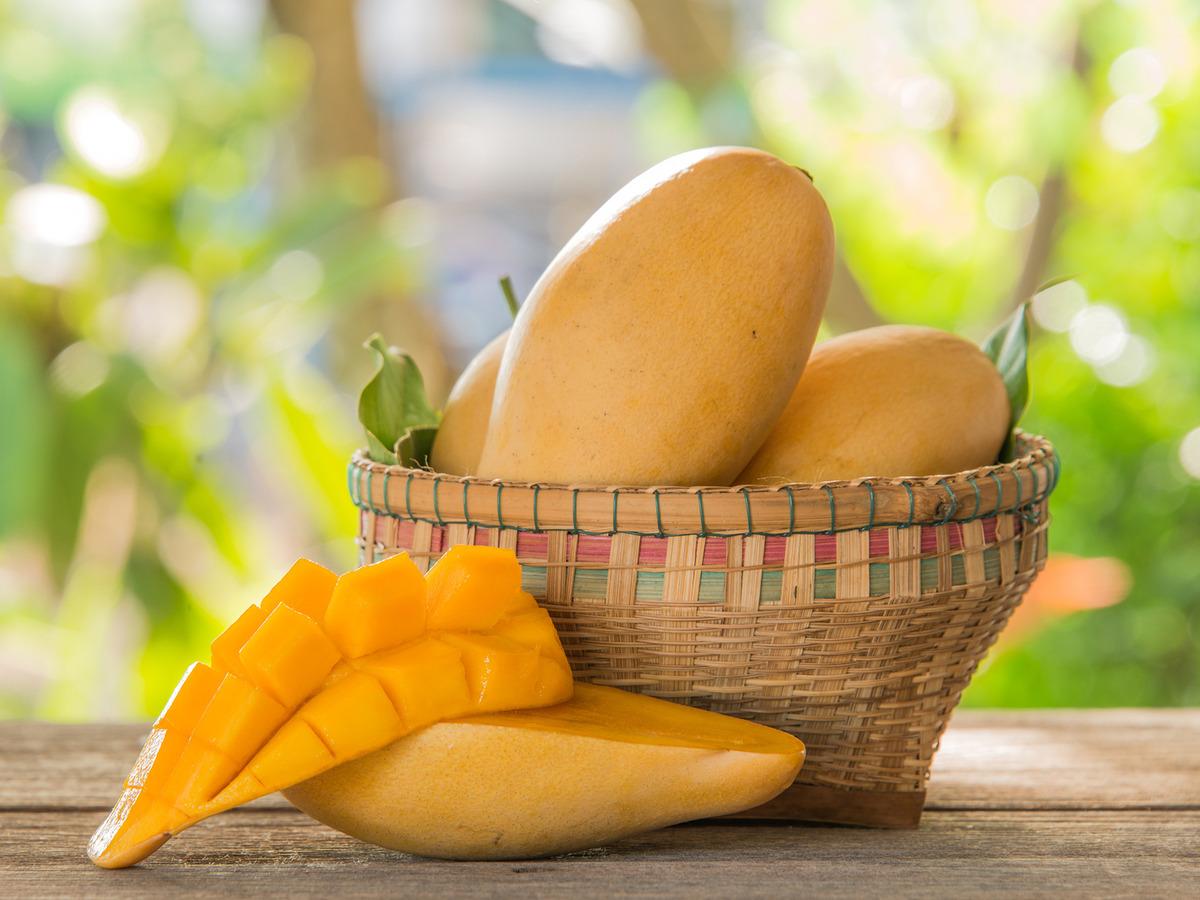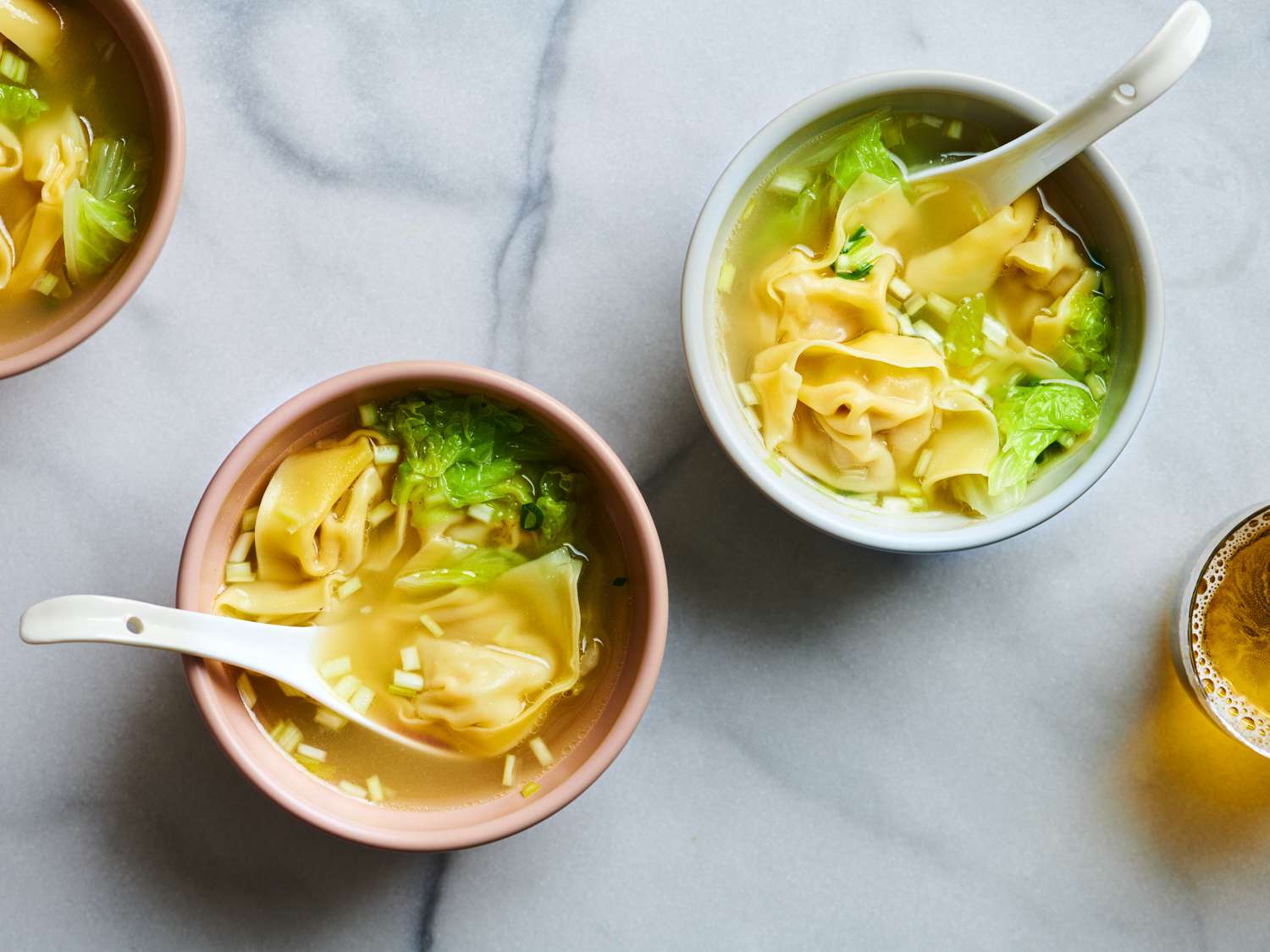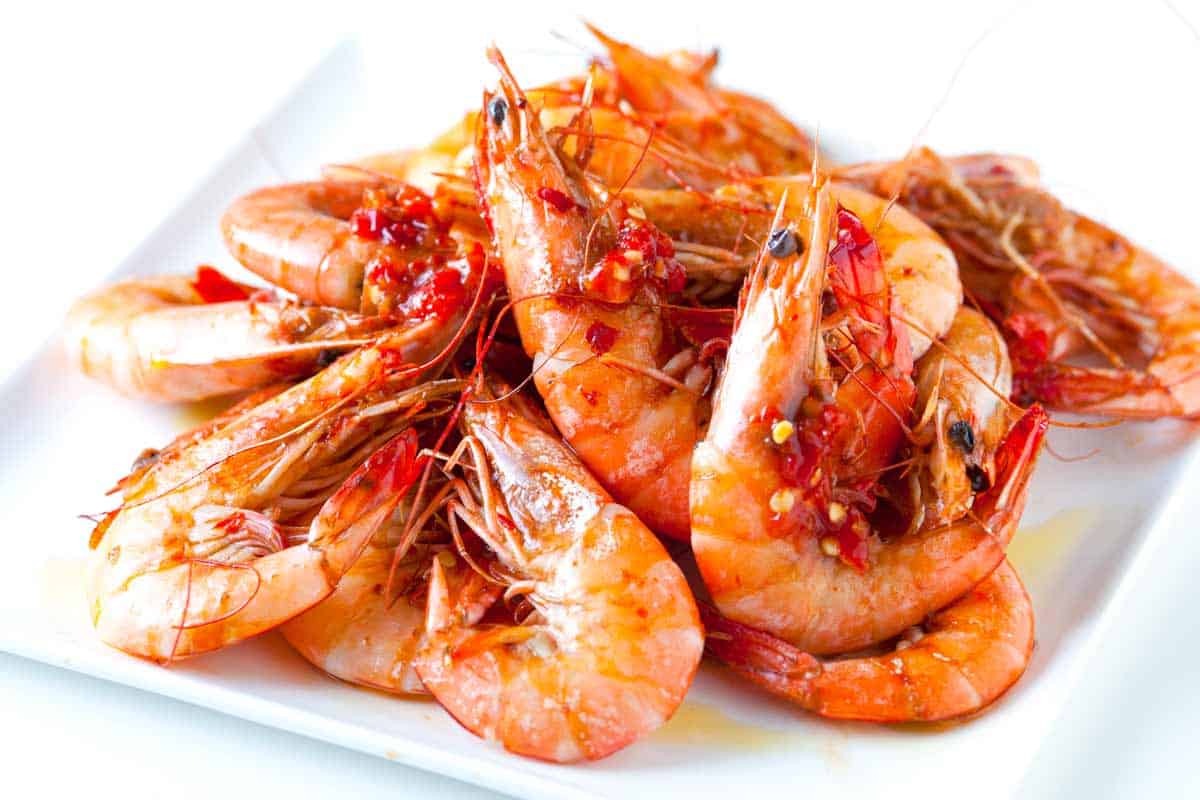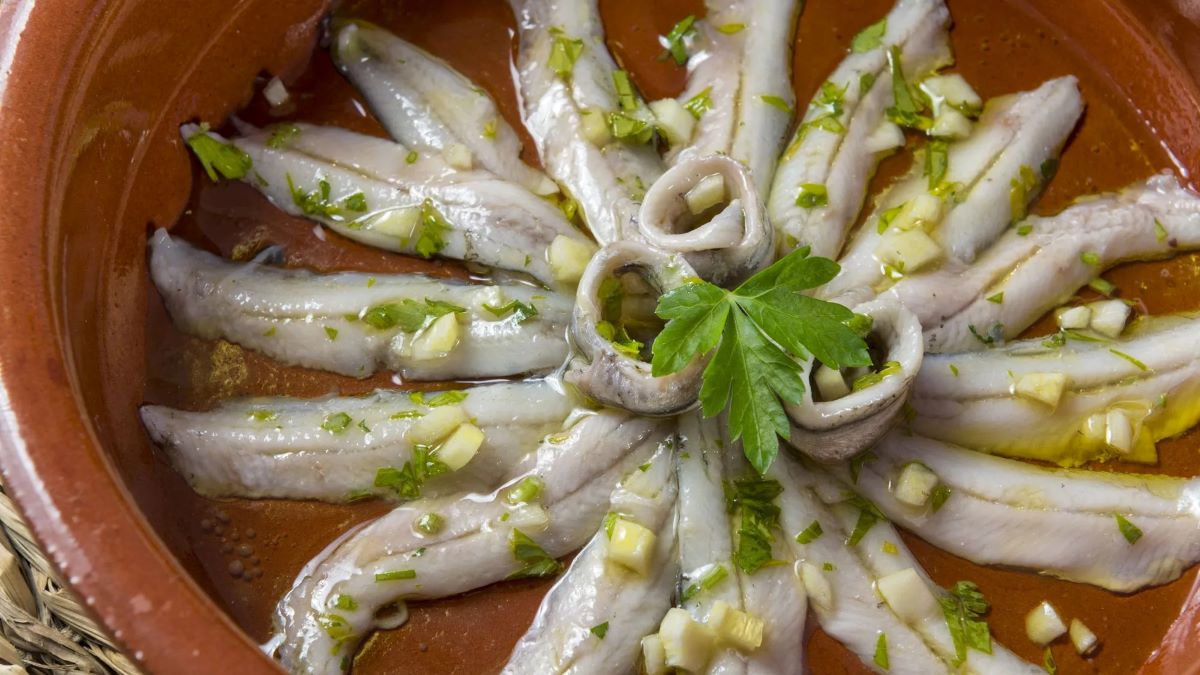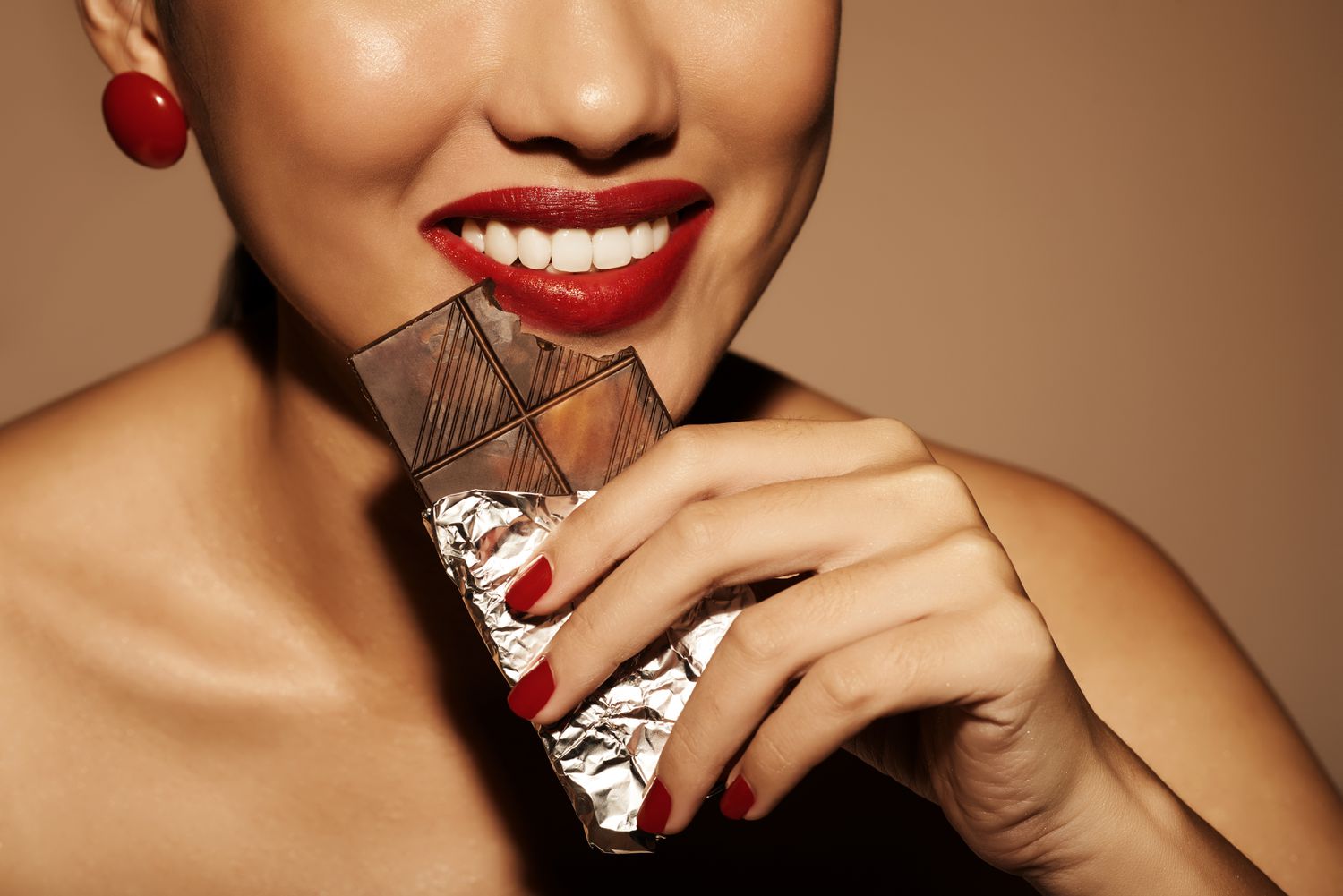Discover the Art of European Dining
European dining is known for its elegance, sophistication, and emphasis on savoring each meal. Whether you’re dining in Italy, France, Spain, or any other European country, there are certain customs and traditions that are worth embracing. Here’s how you can eat European style and truly appreciate the culinary experience:
Embrace the Slow Pace
One of the key elements of European dining is the unhurried pace. Unlike fast food culture in some other parts of the world, Europeans take their time to enjoy their meals. Savoring each bite and engaging in meaningful conversation are valued over rushing through a meal. So, when dining European style, remember to slow down and appreciate the flavors and the company.
Start with Aperitifs
Before diving into the main course, Europeans often enjoy aperitifs, which are light alcoholic beverages served before a meal to stimulate the appetite. Common choices include vermouth, prosecco, or pastis. This tradition is a great way to kick off a meal and set the stage for the culinary delights to come.
Master the Art of Courses
European dining typically involves multiple courses, each with its own purpose and flavor profile. Understanding the sequence of courses is essential to eating European style:
- Antipasto: In Italy, the meal often starts with antipasto, a selection of appetizers such as cured meats, cheeses, and marinated vegetables.
- Primo: The next course is the primo, which usually consists of a pasta dish or risotto.
- Secondo: The secondo is the main course, featuring a protein such as fish, meat, or poultry, accompanied by vegetables or a salad.
- Dolce: Finally, the meal concludes with dolce, which is dessert. This could be a decadent pastry, gelato, or a fruit-based treat.
Appreciate the Bread Basket
When dining in Europe, you’ll often find a basket of bread on the table. Instead of diving in right away, it’s customary to wait until the first course arrives before indulging in the bread. This is a great opportunity to enjoy the bread with olive oil, butter, or other accompaniments while savoring the flavors of the meal.
Pair with Wine
Wine is an integral part of European dining, and the art of food and wine pairing is taken seriously. If you’re indulging in a primo of pasta, consider a light, acidic white wine. For a rich, meaty secondo, a bold red wine may be the perfect complement. Exploring the world of European wines and their perfect food pairings can elevate your dining experience to new heights.
Engage in After-Dinner Rituals
After the meal, Europeans often partake in after-dinner rituals that further enhance the dining experience. This could involve enjoying a digestif, such as grappa or limoncello, to aid in digestion and cleanse the palate. Additionally, lingering at the table to continue conversations and savor the moment is a cherished tradition.
Conclusion
Eating European style is not just about the food; it’s a holistic experience that celebrates the art of dining. By embracing the slow pace, savoring each course, and engaging in the traditions that accompany the meal, you can truly appreciate the richness of European culinary culture. So, the next time you sit down for a meal, consider adopting some of these European dining customs and savor every moment at the table.
